教員・研究ユニット
OIST research units take a cross-disciplinary approach to research, and the PhD program encourages students to explore the intersections of disparate fields of science and technology. Find the research unit of your interest below.
教員・研究ユニット
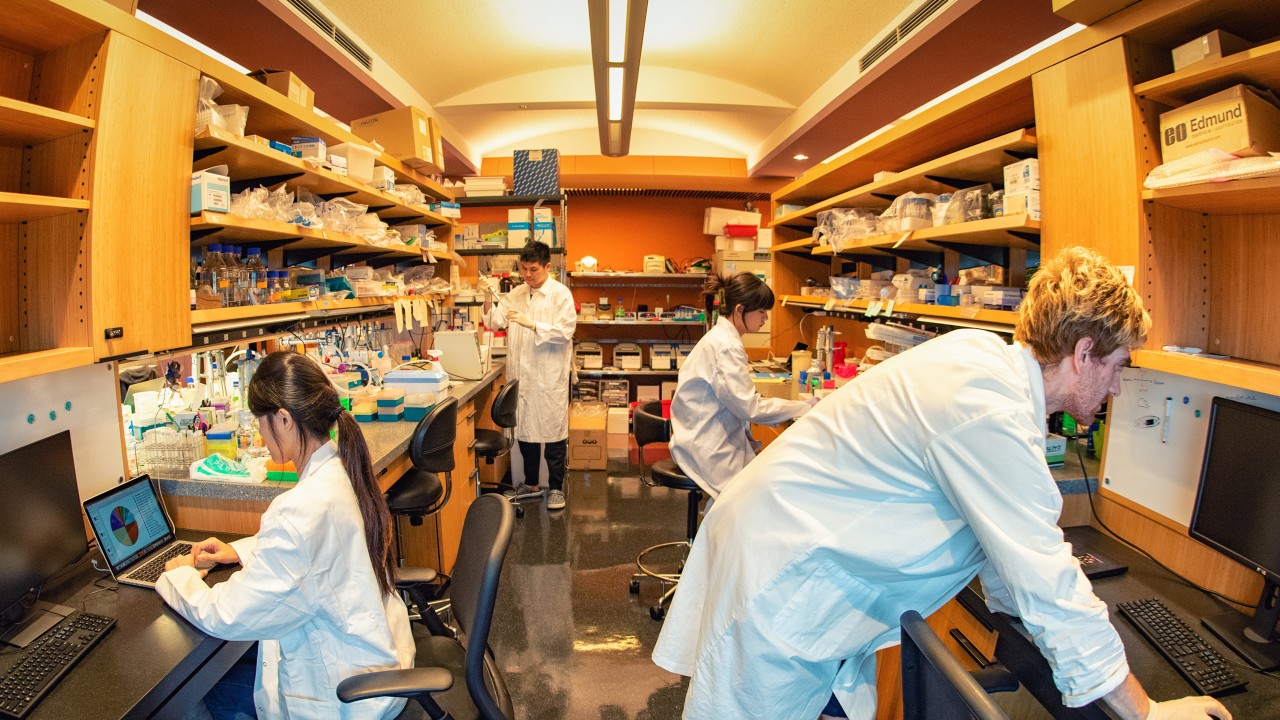
教員・研究ユニットを探す
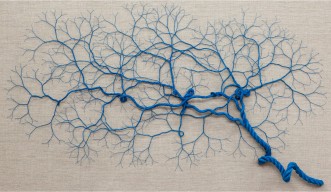
モデルベース進化ゲノミクスユニット
The Model-Based Evolutionary Genomics Unit works at the crossroads of computational and evolutionary biology. Our long-term goal is to achieve an integrative understanding of the evolution of Life on Earth and the origins and emergence of complexity across different biological scales, from individual proteins to ecosystems. To move towards this goal, we develop and apply model-driven evolutionary genomics methods to reconstruct the Tree of Life and the major evolutionary transitions that have occurred along its branches.

ゲルゲイ・ヤーノシュ
准教授
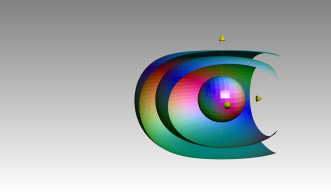
幾何学的偏微分方程式ユニット
偏微分方程式の解析は豊富な内容を持つ数学の分野で、科学の様々な学問領域において幅広く応用されています。特に幾何学及び関連分野に現れる非線形偏微分方程式を考察することが重要です。幾何学的偏微分方程式ユニットでは、新たな解析手法を考案することによって、幾何学的発展方程式の解の振る舞いについて理解し、そしてサブリーマン多様体や距離空間などの一般的な幾何学的設定における非線形方程式の可解性問題を探究します。研究の動機として、材料科学、結晶成長,画像処理への応用が多く知られていて、最適制御やゲーム理論、機械学習などのテーマにも密接に関係しています。

チン・リュウ(柳 青)
准教授

応用暗号ユニット
The Applied Cryptography Unit investigates the design and analysis of modern cryptographic primitives and schemes used to protect the confidentiality and integrity of data – at rest, being communicated or computed upon – both in the classical and the quantum settings. Areas of interest include the algebraic cryptanalysis of symmetric and asymmetric key algorithms; design and analysis of primitives for privacy-preserving cryptographic mechanisms; and the design and analysis of quantum-safe cryptographic constructions.

カルロス・シッド
教授(アジャンクト)
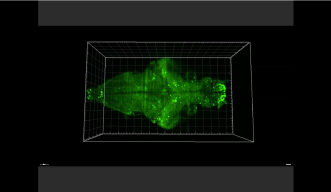
生物の非線形力学データサイエンス研究ユニット
The biological nonlinear dynamics data science unit investigates complex systems explicitly taking into account the role of time. We do this by instead of averaging occurrences using their statistics, we treat observations as frames of a movie and if patterns reoccur then we can use their behaviors in the past to predict their future. In most cases the systems that we study are part of complex networks of interactions and cover multiple scales. These include but are not limited to systems neuroscience, gene expression, posttranscriptional regulatory processes, to ecology, but also include societal and economic systems that have complex interdependencies. The processes that we are most interested in are those where the data has a particular geometry known as low dimensional manifolds. These are geometrical objects generated from embeddings of data that allows us to predict their future behaviors, investigate causal relationships, find if a system is becoming unstable, find early warning signs of critical transitions or catastrophes and more. Our computational approaches are based on tools that have their origin in the generalized Takens theorem, and are collectively known as empirical dynamic modeling (EDM). As a lab we are both a wet and dry lab where we design wet lab experiments that maximize the capabilities of our mathematical methods. The results from this data driven science approach then allows us to generate mechanistic hypotheses that can be again tested experimentally for empirical confirmation. This approach merges traditional hypothesis driven science and the more modern Data driven science approaches into a single virtuous cycle of discovery.

ジェラルド・パオ
准教授
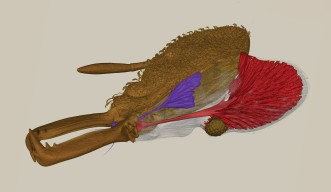
生物多様性・複雑性研究ユニット
生物多様性・複雑性研究ユニットは、生態学的・進化的プロセスがどのように生物多様性を生み出し維持しているのか、また、それらのプロセスが人間活動によってどのように変化しているのかを探っています。

エヴァン・エコノモ
教授
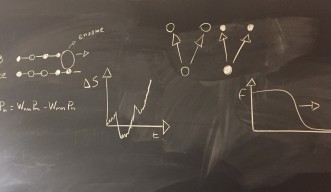
生物複雑性ユニット
生物複雑性ユニットでは、生体分子回路から細胞集団までの様々な生物物理学システムにおいてどのように確率的変動下でも正常に機能しているのかを対象に研究をしています。

シモーネ・ピゴロッティ
教授
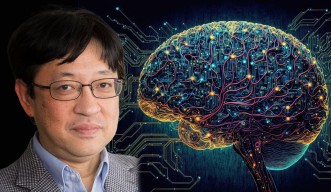
統合オープンシステムユニット
総合オープンシステムユニットでは、オープンな複雑システムに関する基礎的な原理を理解し、その知識を現実世界に応用することを目指しています。

北野 宏明
教授(アジャンクト)
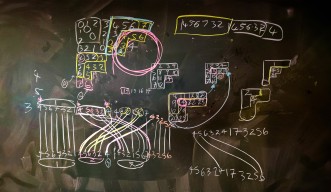
表現論と代数的組合せ論ユニット
代数学の中でも数学の多くの分野に関係する表現論は話題豊富な分野です。表現論と代数的組合せ論ユニットは、表現論の中でも対称群の研究をいくつかの方向に一般化する研究...

リロン・スペイヤ
准教授

複雑性科学と進化ユニット
CSEユニットは、社会システムを形成する行動力学、生態系を形成する生態進化ダイナミクス、及びそれらの相互作用に焦点を当て、複雑適応系のダイナミクスを分析します。

ウルフ・ディークマン
教授
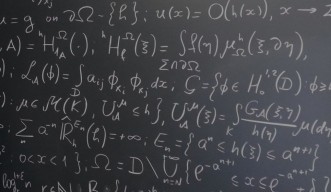
解析と偏微分方程式ユニット
The mission of the Analysis and PDE unit is to reveal and analyze the mathematical principles reflecting natural phenomena expressed by partial differential equations and advance the boundar...

ウグル・アブドゥラ
教授
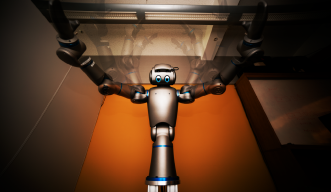
認知脳ロボティクス研究ユニット
認知脳ロボティクス研究ユニットの研究目標はニューロロボティクスの実験研究を通じて身体性認知の原理を理解することにあります。主要な研究課題は、先天的な脳構造を活用して反復的で限られた行動体験を通じて認知機能がどのように発達するか、社会的認知における間主観性が他者との身体的かつ文脈的な相互作用を通じてどのように形成されるか、そして、意識や自由意志などの主観的体験が科学的および現象学的にどのように説明できるかについてです。さらに、私たちの発達ニューロロボティクス手法を用いた、統合失調症、自閉症などの神経発達障害の原因メカニズムの解明も目指しています。

谷 淳
教授
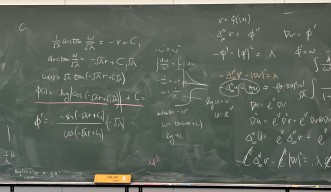
距離空間上の解析ユニット
距離空間上の解析ユニットは、多様な空間、特に先験的な平滑構造を持たない空間において解析的および幾何学的問題を考察します。本ユニットでは、サブリーマン多様体を含む...

シャオダン・ジョウ
准教授
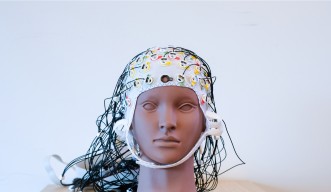
身体性認知科学ユニット
エージェントと環境の相互作用は精神及び知的活動の本質的な部分であるという仮説に基づき、認知科学での理論的・実験的な研究プロジェクトを行っています。

トム・フロース
准教授
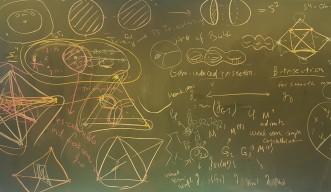
重力、量子幾何と場の理論ユニット
重力、量子幾何と場の理論ユニットでは、時空の量子性について研究しています。一般相対性理論によって明らかになった重力の幾何学的な側面は、マトリックスモデル、テンソ...

鳥海 玲子
准教授
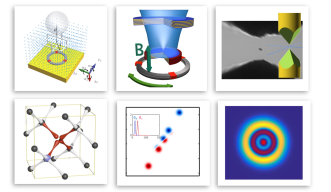
量子マシンユニット
量子マシンユニットでは、量子サブシステムが個々の能力を凌ぐ機能を集合的に発揮できる量子デバイスの実用化を目指して、理論と実験の両面から研究しています。

ジェイソン・トゥワムリー
教授
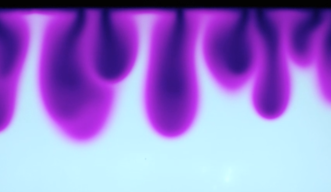
非線形・非平衡物理学ユニット
私たちは、非線形、非平衡、ソフトマター物理学を実験・研究しています。現在の研究テーマは、流体、粒状媒質、自然エネルギーの変動性、定量的生命科学です。
マヘッシュ・バンディ
教授





